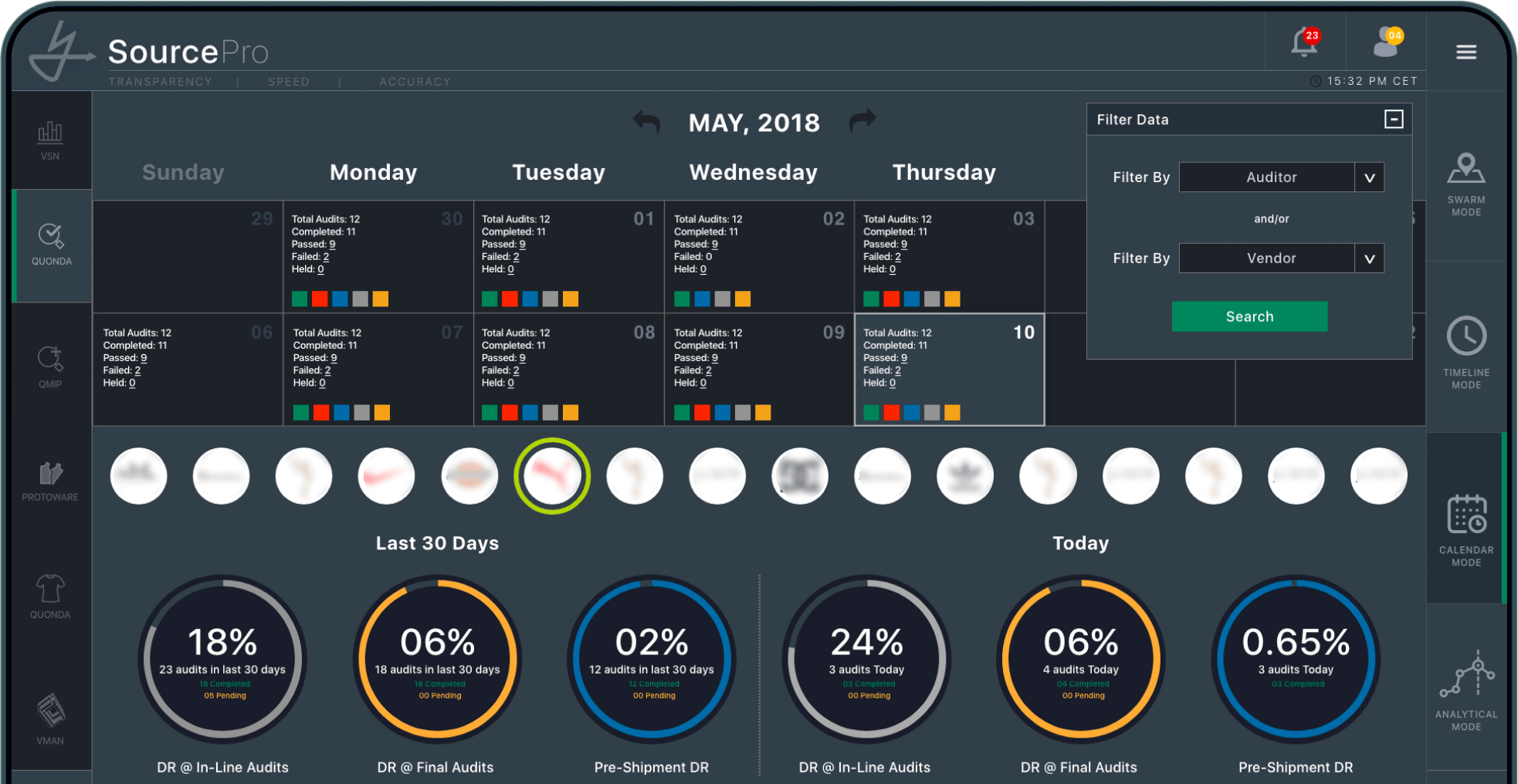
Don’t skip this step! Don’t assume that your audit logging is properly set up.

Knowing who created a clinic note, wrote a prescription, or reviewed a test result provides a story about the care that the patient received. Taken from a different point of view, the audit log provides important additional information, or metadata, about the care and treatment of the patient.

But, now you know what is happening iin your clinic EMR after hours and you can take appropriate action. This might be OK in your healthcare practice (or not). When you investigate, you find out that the billing clerk is doing the billing submission from home. Review of audit logs can also identify weaknesses so that corrective action can be taken to improve our privacy and security strategy.įor example, when you review your audit log, you may see that an employee (authorized user) is accessing the EMR after clinic hours.

The regular review of the audit logs can demonstrate that the administrative, technical, and physical safeguards that we implement to protect the health information, our people, and our assets are working. You MUST implement, use, and monitor your audit logs In this way, the audit log records both the activity of each user and, in each patient’s electronic medical record, who has accessed that patient’s health information. When the user logs into the EMR and creates, views, modifies, or prints from a specific patient record, each activity is recorded in the audit log. It is an automated, real-time recording of who did what, and when, in your system.įor example, when a user logs in to your computer network at the beginning of the work day, the user name, date, time, and perhaps the workstation identifier is recorded in the audit log.
#USER ACTIVITY AUDIT IN REAL TIME SOFTWARE#
Audit logs of our computer and software systems are available to monitor users who have accessed the system and the information contained in the systems.Īudit logs monitor and records the transactions of users’ activities in your computer network and your electronic medical record (EMR). We have tools, like audit logs, available to us.

We also need to take action on our policies. In our policies, procedures, risk assessments, and privacy impact assessment submissions, we indicate the reasonable safeguards that we expect to implement in our practices to protect the privacy and security of health information.īut policies and good intentions alone isn’t enough. When was the last time that you reviewed your access logs in your healthcare practice?


 0 kommentar(er)
0 kommentar(er)
